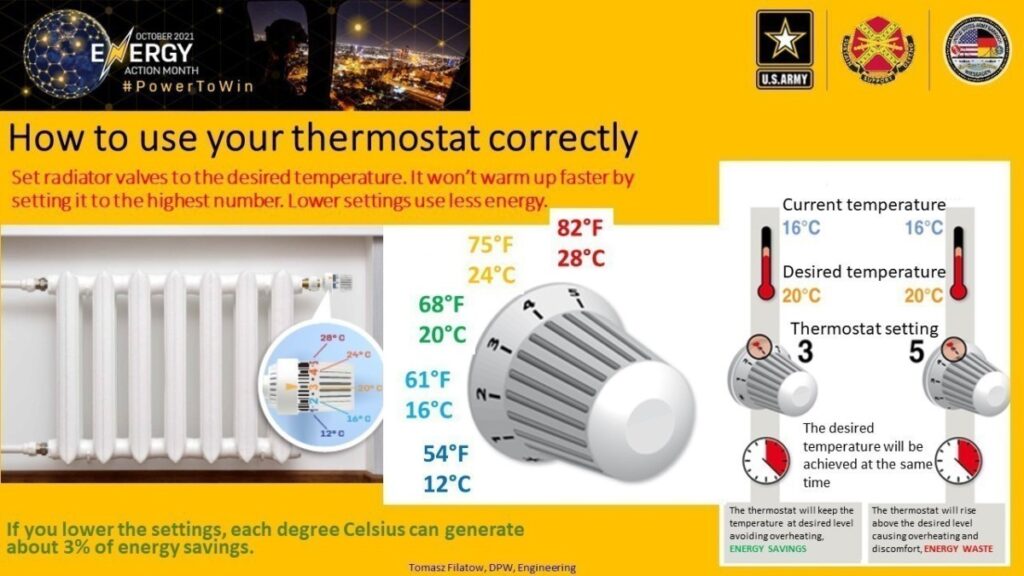
Keeping your home warm and cozy during the colder months is essential for comfort and well-being. Radiators play a crucial role in this process, efficiently transferring heat from your heating system to the surrounding air. However, understanding how hot radiators get and maintaining safe operating temperatures is vital for both efficiency and safety. This article will delve into radiator temperature ranges, safe operating limits, optimization tips, and essential maintenance practices to ensure your heating system runs smoothly and effectively.
This comprehensive guide will explore the factors influencing how hot does a radiator get, establish safe temperature ranges, provide insights into optimizing your heating system’s performance, and offer practical maintenance tips to keep your radiators functioning at their best. By following these guidelines, you can create a comfortable and energy-efficient home environment throughout the year.
Radiator Temperature Ranges
Radiators generate heat by circulating hot water or steam through internal coils. The temperature of this fluid directly impacts the heat output of the radiator. Generally, how hot does a radiator get can range from 160 to 200 degrees Fahrenheit (71 to 93 degrees Celsius). This variation depends on several factors, including:
- Heating System Type: Different heating systems operate at varying temperatures. Steam radiators typically reach higher temperatures than hot water systems.
- Thermostat Settings: Adjusting your thermostat directly influences the temperature of the circulating fluid and, consequently, the radiator’s heat output.
- Radiator Size and Design: Larger radiators with more surface area can dissipate heat more efficiently, potentially reaching higher temperatures.
Understanding these factors helps you comprehend the typical operating range of your radiators and identify potential issues if temperatures deviate significantly from this norm.
Safe Radiator Temperatures
While radiators generate significant heat, maintaining safe operating temperatures is crucial for both safety and efficiency.
- Burn Risk: Radiators can become hot enough to cause burns if touched directly. It’s essential to keep a safe distance from radiators, especially young children and pets.
- Overheating Damage: Excessively high temperatures can damage radiator components, leading to leaks or malfunctions. Regularly monitoring your system’s temperature helps prevent such issues.
Safe operating temperatures for most residential radiators typically fall within the range of 160 to 180 degrees Fahrenheit (71 to 82 degrees Celsius). If you notice your radiators consistently exceeding these limits, it’s important to investigate potential causes and address them promptly.
Heating System Optimization
Optimizing your heating system can significantly impact radiator performance and energy efficiency.
- Regular Thermostat Adjustments: Setting your thermostat appropriately for different times of day and seasons helps regulate heat output and prevent unnecessary energy consumption.
- Insulation: Proper insulation in your home, including walls, ceilings, and floors, reduces heat loss and allows radiators to maintain comfortable temperatures more effectively.
- Air Circulation: Ensuring adequate air circulation throughout your home promotes even heat distribution and prevents cold spots. Consider using fans or opening windows strategically to enhance airflow.
By implementing these optimization strategies, you can create a more comfortable and energy-efficient living environment while maximizing the efficiency of your radiators.
Radiator Maintenance Tips
Regular maintenance is essential for ensuring optimal radiator performance and longevity.
- Bleed Radiators: Regularly bleeding your radiators removes trapped air, which can hinder heat transfer and reduce efficiency. This simple process involves releasing excess air from the radiator’s valve using a bleed key.
- Clean Radiators: Dust and debris can accumulate on radiator fins, obstructing airflow and reducing heat output. Periodically cleaning your radiators with a soft brush or vacuum cleaner helps maintain their efficiency.
- Inspect for Leaks: Regularly check your radiators for any signs of leaks, such as dripping water or rust stains. Addressing leaks promptly prevents further damage and ensures safe operation.
By incorporating these maintenance practices into your routine, you can extend the lifespan of your radiators and ensure they continue to provide reliable heating for years to come.
Conclusion
Understanding how hot does a radiator get is crucial for maintaining a safe and efficient home heating system. By adhering to recommended temperature ranges, optimizing your heating system, and implementing regular maintenance practices, you can create a comfortable and energy-efficient living environment throughout the year. Remember to prioritize safety by keeping a safe distance from radiators and addressing any potential issues promptly.
